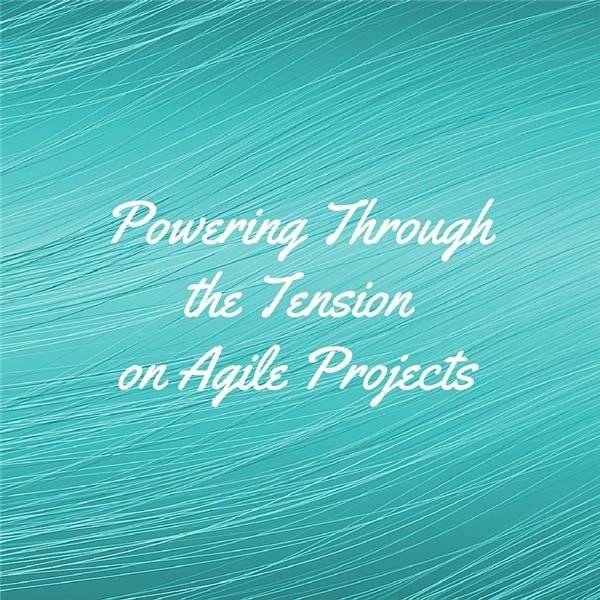Solutions for Agile Project Management Tension

In the first post, that key challenge was identified – a push and shove, a top-down versus bottom-up, a yin and a yang. The key challenge is that there is a tension between advance planning versus planning as you go.
What can help us to first identify the “seam” on agile projects, where top-down and bottom-up intersect? The famous sage and management thinker Peter Drucker gives us a hint. Drucker once said, “You can’t manage what you can’t measure.” I think there is a morsel of wisdom in that for our exploration of finding balance on agile projects.
Defining Value
So many metrics could be employed to begin to track value, speed and cost. Many choices can be made. Atlassian, provider of robust agile project tools, provides “Five agile metrics you won’t hate”, which are sprint burndown, epic and release burndown, velocity, control chart, and cumulative flow. These are great form managing the software development – the execution part of the project. But there is something more.
One of the biggest decisions to make is to answer the question “What is value?” Defining value will take a lot of collaborative effort among team members and stakeholders. In the end, you will together determine what you actually want to see in the end, based upon value. As a result, agile is your key metric.
Here are some questions to ask to determine value:
What connects what the developers are doing to what the stakeholders want? Hint: there is not a one-time answer to this; this will be a struggle throughout the project.
- What are the requirements we must meet, versus the requirements that we want to empower the scrum teams to determine?
- What do we test? Do we have top-level requirements that are clear enough to allow for clear integrated testing of the features that satisfy those requirements and provide the value desired?
- What is our end state? How will we know when we are finished, when our project is done?
- What is our timeline? How much time do we have to realize the required value that has been specified, and is there flexibility built in?
- Can you identify some checkpoints – milestones - to do value assessments to determine what your team has accomplished on the way to the visualized end state?
Measure to Manage
If you cannot measure it, you cannot manage it. On an agile project, you need more than productivity and accomplishment metrics at the scrum level. You also need to have a vision of an end state when you can declare the mission accomplished. You need to identify where the ultimate value is to come from on the project – the value that the stakeholders want to see. In addition, you need to balance that with empowerment and productivity of your scrum teams.
This post is part of the series: How to Empower People and Control Performance on Agile Projects
You want to create the most valuable software possible – as determined by your stakeholders - in the least amount of time and for the lowest cost. This four-part series will give you tips and tools to succeed.